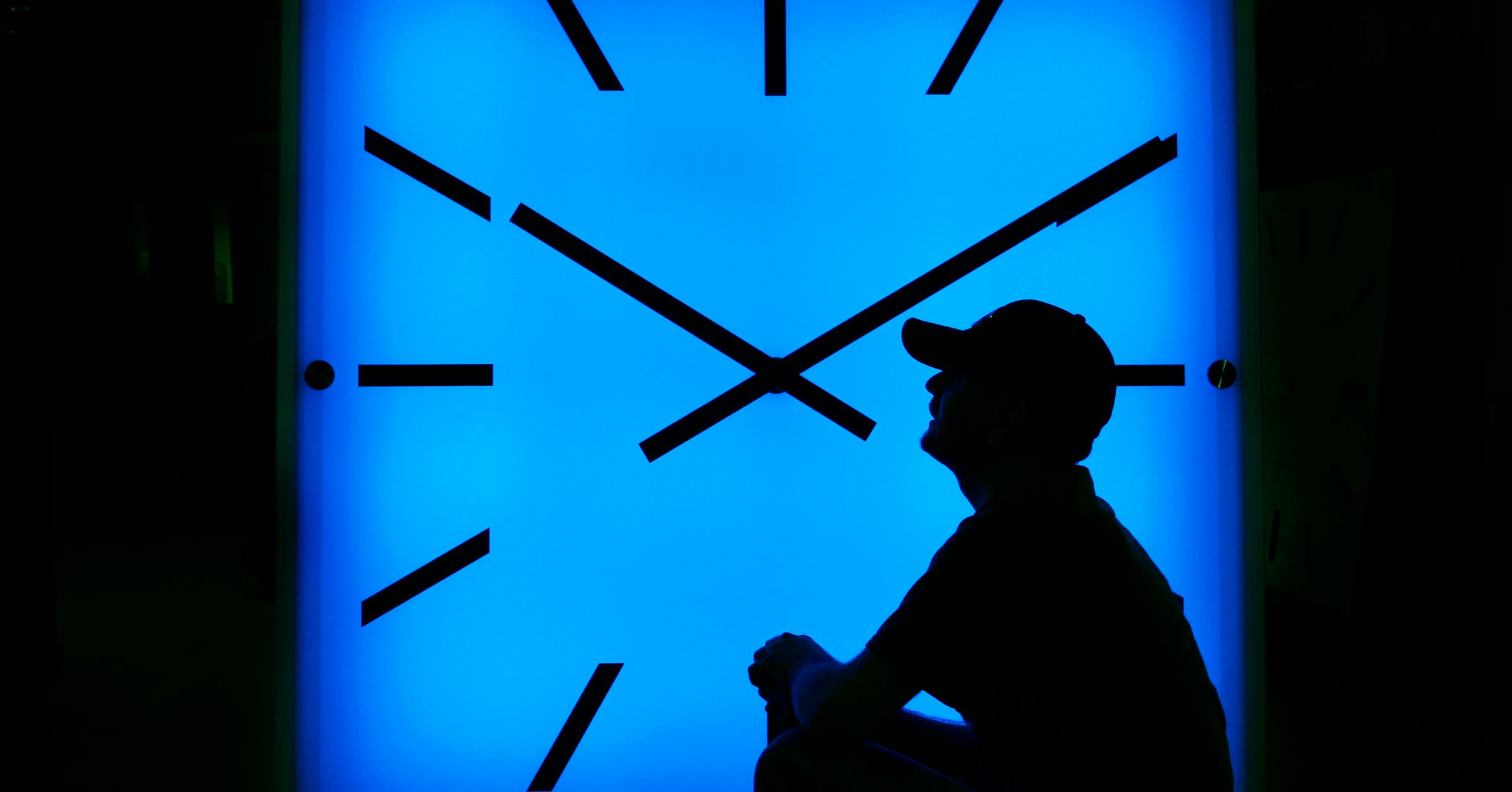Star Tribune
Streets, roads could remain slippery into Monday

Roads were slick statewide and in the Twin Cities metro on Saturday night and into Sunday after sleet and rain turned to snow, leading to three traffic fatalities and many crashes.
“This was a sneaky little event,” said Joe Strus, a meteorologist with the National Weather Service Twin Cities office. What started as wet precipitation froze on the ground as it started to snow, contributing to slick roads.
Between 0.3 and 0.7 inches of snow fell across most of the metro, according to an NWS map. Northwest Minnesota got up to 6 inches of snow, while southern Minnesota generally got less than the metro.
During the day Monday, temperatures in the mid-to-upper 30s will likely melt much of the snow and remaining road ice. However, subfreezing temperatures Monday night into Tuesday could freeze any lingering melt.
Anne Meyer, a MnDOT spokesperson, said highways were in good shape Sunday, but she urged drivers to use caution, particularly on ramps, bridges and overpasses, which are more ice-prone.
“It is the winter season; slick spots may be out there depending on where you’re driving,” she said. Meyer said drivers can check their route on the 511 road condition map and check MnDOT cameras to see conditions on specific roads.
Two fatal crashes outstate
State Patrol posted that there had been 238 crashes in Minnesota between 9 a.m. Saturday and 9 a.m. Sunday; 30 of them involved injuries.
State Patrol’s incident report website lists two fatal crashes in greater Minnesota since Saturday afternoon:
- Levi Charles Greenwood, 20, of Hibbing, died Saturday afternoon following a two-vehicle head-on crash in Calumet in Itasca County. His vehicle entered the oncoming traffic lane and collided with a semitrailer. The other driver was taken to the hospital with nonlife-threatening injuries. Road conditions were listed as wet.
- Emiliano Rashid Kosnopfal, 21, of Dover, died after losing control of his vehicle on Interstate 90 in icy conditions and rolling into the median in Worthington Township Saturday evening. He was not wearing a seat belt.
In addition, State Patrol listed 106 vehicle spinouts and two jackknifed semis in its post.
One traffic death in Minneapolis and St. Paul
Many residential roads were icy early Sunday in St. Paul, while main roads tended to be less hazardous. In Bloomington, a man died after the SUV he was driving veered off Interstate 494 in Bloomington and crashed into a fence on icy roads late Saturday. A passenger was unhurt.
St. Paul Public Works Director Sean Kershaw wrote in an email that the city brought in extra staff to deal with refreeze, focusing Sunday on bridges, arterials/collectors and hills, he said.
“We urge caution everywhere,” he said, but especially on east-west streets, which tend to get less sun.
In Minneapolis, city spokesperson Sarah McKenzie said crews have been out treating slippery spots, including arterial streets and hills.
Star Tribune
This Rochester MN school police officer used to be a narcotics cop
Some take him up on it and fret when he’s not around.
“It is nice to be missed and be part of the school’s culture,” Arzola said. But mostly, he added, he wants kids to know that police aren’t around just for when the bad stuff happens. He’ll hand out his stickers and bracelets, even a trading card bearing his image. Then, they’ll talk about dogs and family.
School resource officer Al Arzola talks to students in his office at John Adams Middle School in Rochester on Oct. 11. (Leila Navidi/The Minnesota Star Tribune)
Two months ago, Rochester played host to a three-day training session for new SROs from across the state — an event organized by the Minnesota School Safety Center. On the final day, the 26 officers learned about surveillance challenges at the other school where Arzola works: Dakota Middle School.
It is a beautiful building with a scenic view. There is a lot of glass, too. Arzola, handling the role of instructor and tour guide, took the group outside and noted how one could look straight through the entrance to the large groups that gather inside. There were no curbs in front, either.
“There is nothing stopping any vehicle whatsoever from going through my front doors,” Arzola told the officers. “Law enforcement wasn’t talked to before this building was made. It was kind of like, ‘Here it is. You’re the SRO. Do what you do.’”
He showed them his office, too, which is separate from the main office and near those of other school support staff members. That makes sense, said Jenny Larrive, SRO coordinator for the Minnesota School Safety Center, given than SROs spend more time connecting with youth than on actual law enforcement.
Star Tribune
How Minnesota is recruiting poll workers in a divisive presidential election

“The basic rule in Minnesota is you cannot preemptively post law enforcement at a polling place,” he said. “A city can’t say, ‘Wow, Precinct Two, there’s a lot of intensity there, let’s just put a cop at the door.’”
Simon doesn’t go deep into the details on security, though. “I don’t want to give a total road map to the bad guys,” he said.
But testimony at the Capitol last year on behalf of the new law bolstering protections for election and polling place workers indicated there’s room for concern. One election worker was followed to her car by an angry voter; the head of elections in another county was called repeatedly on her home phone during off hours, and an official was lunged at by an aggrieved voter, forcing her to call the local sheriff.
Those who violate the law could now face civil damages and penalties of up to $1,000 for each violation.
The Brennan Center survey indicated more than four in 10 election leaders were concerned about recruiting enough poll workers due to threats of harassment and intimidation. This includes doxing — publishing a person’s personal information online in a threatening manner — and swatting, fake emergency calls that result in an armed response being sent to someone’s home.
“Election officials are working to prepare for everything right now,” said Liz Howard, director of partnership engagement at the Brennan Center. “More than 90% of election officials have made improvements to election security since 2020.”
Star Tribune
Daylight saving time ends next weekend. This is how to prepare for the potential health effects

The good news: You will get a glorious extra hour of sleep. The bad: It’ll be dark as a pocket by late afternoon for the next few months in the U.S.
Daylight saving time ends at 2 a.m. local time next Sunday, Nov. 3, which means you should set your clock back an hour before you go to bed. Standard time will last until March 9 when we will again ”spring forward” with the return of daylight saving time.
That spring time change can be tougher on your body. Darker mornings and lighter evenings can knock your internal body clock out of whack, making it harder to fall asleep on time for weeks or longer. Studies have even found an uptick in heart attacks and strokes right after the March time change.
”Fall back” should be easier. But it still may take a while to adjust your sleep habits, not to mention the downsides of leaving work in the dark or trying exercise while there’s still enough light. Some people with seasonal affective disorder, a type of depression usually linked to the shorter days and less sunlight of fall and winter, may struggle, too.
Some health groups, including the American Medical Association and American Academy of Sleep Medicine, have said it’s time to do away with time switches and that sticking with standard time aligns better with the sun — and human biology.
Most countries do not observe daylight saving time. For those that do — mostly in Europe and North America — the date that clocks are changed varies.
Two states — Arizona and Hawaii — don’t change and stay on standard time.
Here’s what to know about the twice yearly ritual.



